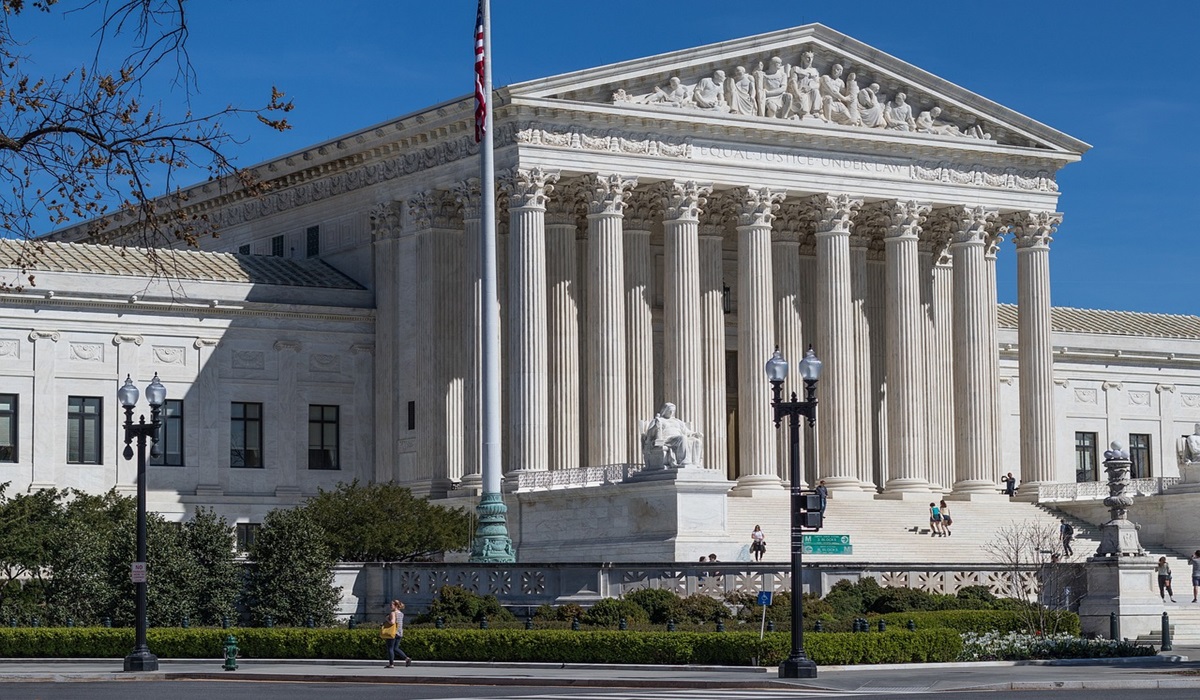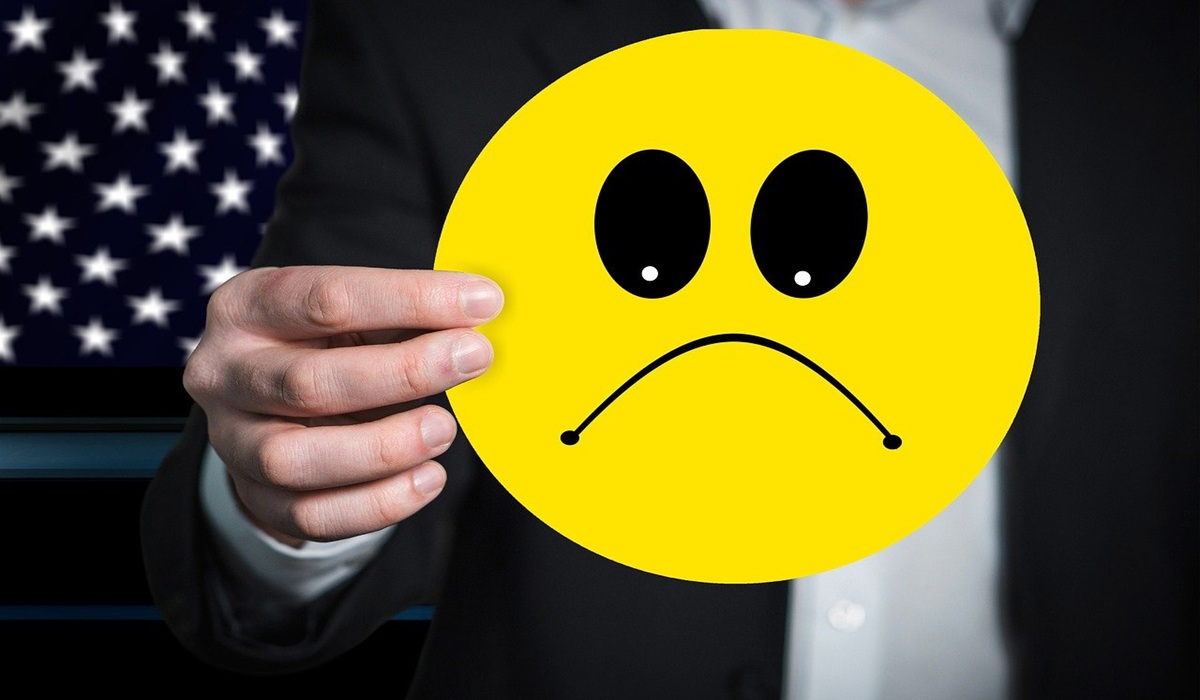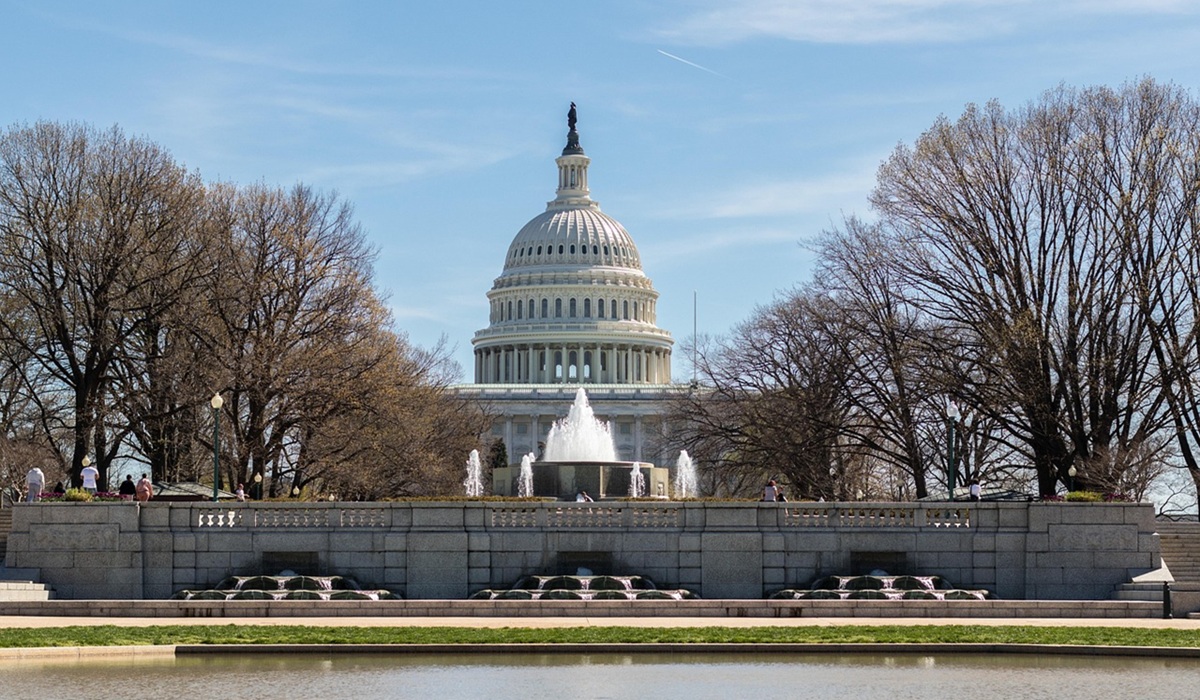A federal appeals court has struck down a significant portion of President Donald Trump’s tariffs, ruling that several measures violated trade laws. While the decision is a major setback on paper, the court also delayed enforcement until October, leaving both businesses and policymakers in a state of limbo. The delay signals that the real battle is just beginning—and it is almost certain that the case will be appealed to the U.S. Supreme Court.
That possibility alone raises a host of questions about what happens next. For one, this is not just another trade dispute; it is shaping up to be a constitutional clash over presidential authority, economic nationalism, and the very balance of power between the executive and judicial branches.
But the larger issue—the one quietly shaping expectations—is how the Supreme Court itself might respond. While the Court insists it is a non-partisan body, recent history has made that assertion harder to accept at face value. The current bench is widely regarded as one of the most conservative in modern history, and several of its justices owe their appointments directly to Trump. That fact alone has fueled doubts about whether they would be willing to deliver a ruling that cuts sharply against him.
Consider the Court’s record. Time and again, rulings that might have gone against Trump on questions of executive authority, immigration policy, or regulatory rollback have instead tilted in his favor. Even in cases where justices split on narrow ideological lines, the conservative bloc—anchored by Trump’s appointees—has often given the president the edge. These outcomes have not gone unnoticed. Legal analysts and political observers alike have pointed out that while the Court portrays itself as above the fray, its decisions frequently align with the priorities of the right.
None of this means the outcome is preordained. The justices could still surprise the nation by affirming the appeals court’s rejection of Trump’s tariffs. Doing so would not only limit presidential power over trade but also send a strong message that the Court is willing to check the executive branch, no matter who sits in the Oval Office. But the odds are far from even. With a bench dominated by Trump’s appointees and a track record that suggests deference to his administration’s arguments, the likelihood of the Court breaking from that pattern is slim.
If the Supreme Court does rule in Trump’s favor, it will effectively cement the president’s ability to wield tariffs as a unilateral tool of foreign and economic policy. That would have ripple effects across international trade, potentially escalating tensions with allies and rivals alike. On the other hand, if the Court upholds the appeals ruling, it could weaken Trump’s hand at a crucial moment, undermining one of the pillars of his “America First” agenda.
Either way, what lies ahead is not just a dry legal dispute over trade rules. It is a test of the Court’s credibility, of whether it can truly be seen as an impartial arbiter rather than a political instrument. The showdown will be as much about perception as precedent, and the decision—whichever way it falls—will echo well beyond the world of tariffs and trade.









